Forging Arizona
L ATINIDAD
Transnational Cultures in the United States
This series publishes books that deepen and expand our understanding of Latina/o populations, especially in the context of their transnational relationships within the Americas. Focusing on borders and boundary crossings, broadly conceived, the series is committed to publishing scholarship in history, film and media, literary and cultural studies, public policy, economics, sociology, and anthropology. Inspired by interdisciplinary approaches, methods, and theories developed out of the study of transborder lives, cultures, and experiences, these titles enrich our understanding of transnational dynamics.
Matt Garcia, Series Editor, Professor of Latin American, Latino, and Caribbean Studies and History, Dartmouth College
For a list of titles in the series, see the of the book.
Forging Arizona
A History of the Peralta Land Grant
and Racial Identity in the West
A NITA H UIZAR- H ERN NDEZ
RUTGERS UNIVERSITY PRESS
NEW BRUNSWICK, CAMDEN, AND NEWARK, NEW JERSEY, AND LONDON
Library of Congress Cataloging-in-Publication Data
Names: Huizar-Hernndez, Anita, author.
Title: Forging Arizona : a history of the Peralta land grant and racial identity in the West / Anita Huizar-Hernndez.
Description: New Brunswick : Rutgers University Press, 2019. | Series: Latinidad: Transnational Cultures in the United States | Includes bibliographical references and index.
Identifiers: LCCN 2018028958 | ISBN 9780813598826 (cloth) | ISBN 9780813598819 (pbk.)
Subjects: LCSH: Reavis, James Addison, 1843-1914Claims vs. United States. | Land grantsLaw and legislationArizona. | Land tenureLaw and legislationArizona. | FraudArizonaHistory. | Swindlers and swindlingWest (U.S.) | West (U.S.)Race relationsHistory. | ArizonaHistoryTo 1912. | United States. Court of Private Land Claims.
Classification: LCC KFA2855.5.R43 H85 2019 | DDC 343.791/0253dc23
LC record available at https://lccn.loc.gov/2018028958
A British Cataloging-in-Publication record for this book is available from the British Library.
Copyright 2019 by Anita Huizar-Hernndez
All rights reserved
No part of this book may be reproduced or utilized in any form or by any means, electronic or mechanical, or by any information storage and retrieval system, without written permission from the publisher. Please contact Rutgers University Press, 106 Somerset Street, New Brunswick, NJ 08901. The only exception to this prohibition is fair use as defined by U.S. copyright law.

The paper used in this publication meets the requirements of the American National Standard for Information SciencesPermanence of Paper for Printed Library Materials, ANSI Z39.48-1992.
www.rutgersuniversitypress.org
Manufactured in the United States of America
For Sofia Peralta-Reavis and the many other women of color whose stories we only glimpse in the archives
In the late nineteenth century, an ex-Confederate soldier from Missouri named James Addison Reavis planned what was going to be the largest swindle in U.S. history: he was going to steal the better part of Arizona. His plan hinged on the treaty that ended the U.S.-Mexican War, the 1848 Treaty of Guadalupe Hidalgo, and its promise to honor Spanish and Mexican land grants in the newly acquired territories so long as their title could be validated in a U.S. court. With these provisions in mind, Reavis decided to fabricate and then present to the U.S. Court of Private Land Claims a fake land grant that stretched for twelve million acres across most of central Arizona and a small part of western New Mexico and included the southern route of the transcontinental railroad, the growing metropolis of Phoenix, and valuable mining and agricultural land (
Reaviss counterfeit depended on his ability to prove two things: first, that his invented Peralta Land Grant was a real, verifiable Spanish land grant, and second, that he could claim a right to its title. Both required extensive documentation, so Reavis began a twenty-year mission to forge archival documents around the globe that would prove not only the existence of his spurious claim but also his right to its ownership. To invent the claim, he traveled to Spain and forged colonial archives in order to create a man, Don Miguel Peralta, whose service to the Crown was so distinguished that the king awarded him a tract of land, what would become the Peralta Land Grant, also known as the Barony of Arizona. To invent his right to ownership of said claim, Reavis then forged archives throughout Spain, Mexico, and the southwestern United States to create a chain of inheritance that led to a woman of uncertain parentage named Sofia Treadway, who Reavis affirmed was the long-lost Sofia Peralta, the only living heir to the Peralta Land Grant. Reavis claimed to have met the woman in a chance encounter on a train to Sacramento, during which time he supposedly asked her questions about her family and her childhood that revealed her distinguished lineage. His final step was to connect himself with her fabricated claim, and so he married her and subsequently presented his invented Peralta Land Grant to the U.S. Court of Private Land Claims on behalf of his now wife, Doa Sofia Loreto Peralta-Reavis.

Figure 1. A map of the boundaries of the Peralta Land Grant. Image courtesy of Special Collections, the University of Arizona Libraries.
Though today the Peralta Land Grant is all but forgotten, the case garnered national attention when it came to trial in 1895. From small towns to big cities, people across the country closely followed the court proceedings in the pages of their local newspapers. After the case concluded with the dramatic revelation that Reavis was a con artist and the Peralta Land Grant was a fraud, Reaviss scheme went from front-page news to fiction, becoming the subject of novels and films for decades to come. By the second half of the twentieth century, however, the case began to fade from both popular culture and history books. Now, the story that once gripped a nation rarely warrants more than a footnote within the history of Arizona and the settlement of the U.S. West.
C OUNTERFEIT N ARRATIVES AND W ESTWARD E XPANSION
Though the sensational details of the Peralta Land Grant case make it an undoubtedly exciting recovery project, in Forging Arizona I argue that the creation, collapse, and commemoration of Reaviss plot represents much more than an amusing bit of trivia about the Old West. Instead, it is a window into the conditions that produced U.S. westward expansion and the short- and long-term consequences of that expansion. Two earlier book-length studies, both from the 1960s, recover the details of Reaviss elaborate scheme, though without the larger frame I propose here. In The Peralta Grant (1960), University of Arizona librarian Donald Powell offers a carefully researched history of the Peralta Land Grant, from Reaviss early plotting to his eventual conviction and imprisonment. Cockridge imagines and inserts dialogue into Powells recovery, but both follow closely the details of the case as they were presented in newspaper clippings, archival documents, and the transcript of the 1895 Court of Private Land Claims trial.

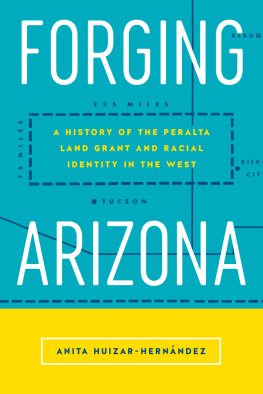

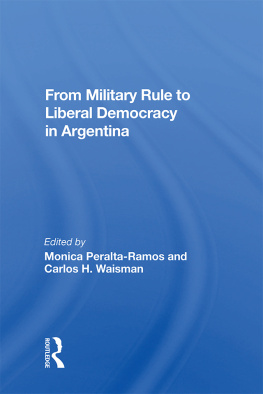
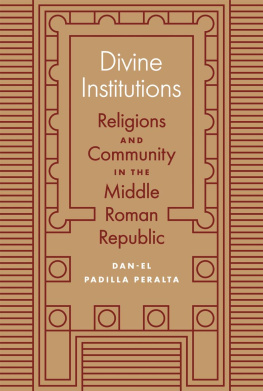
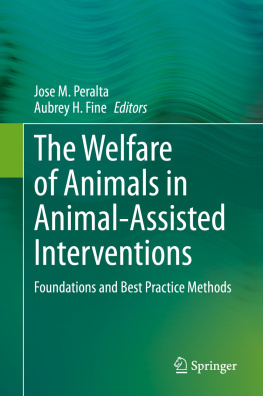
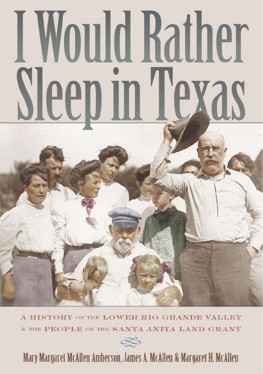

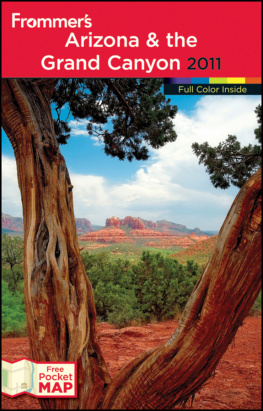

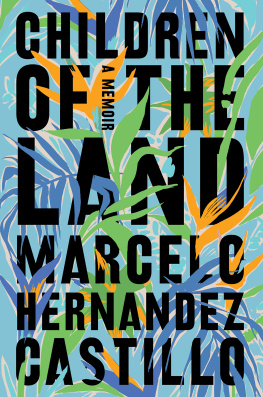



 The paper used in this publication meets the requirements of the American National Standard for Information SciencesPermanence of Paper for Printed Library Materials, ANSI Z39.48-1992.
The paper used in this publication meets the requirements of the American National Standard for Information SciencesPermanence of Paper for Printed Library Materials, ANSI Z39.48-1992.